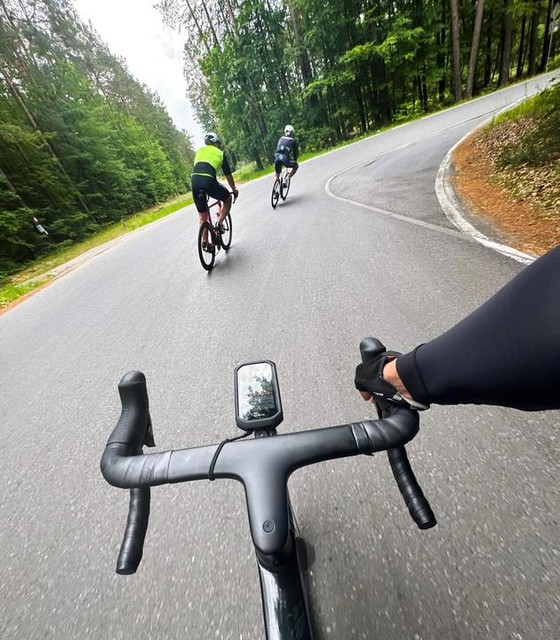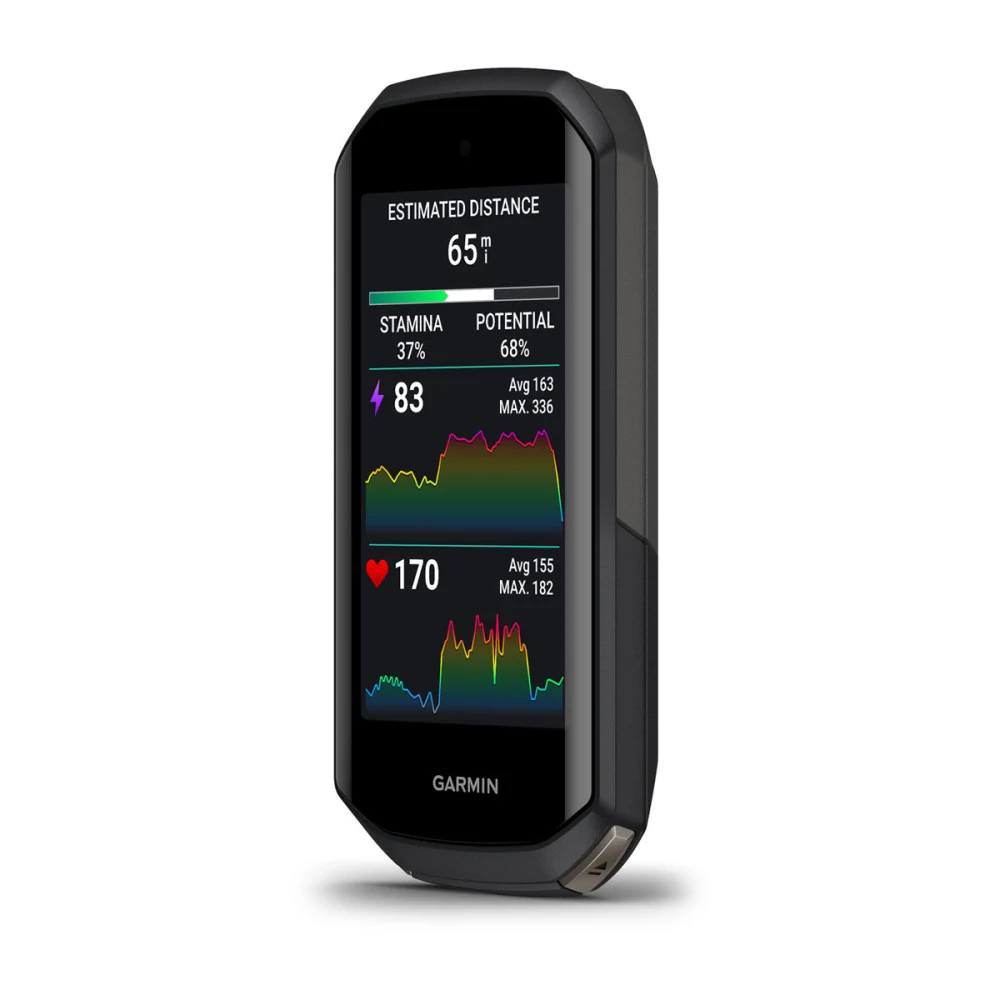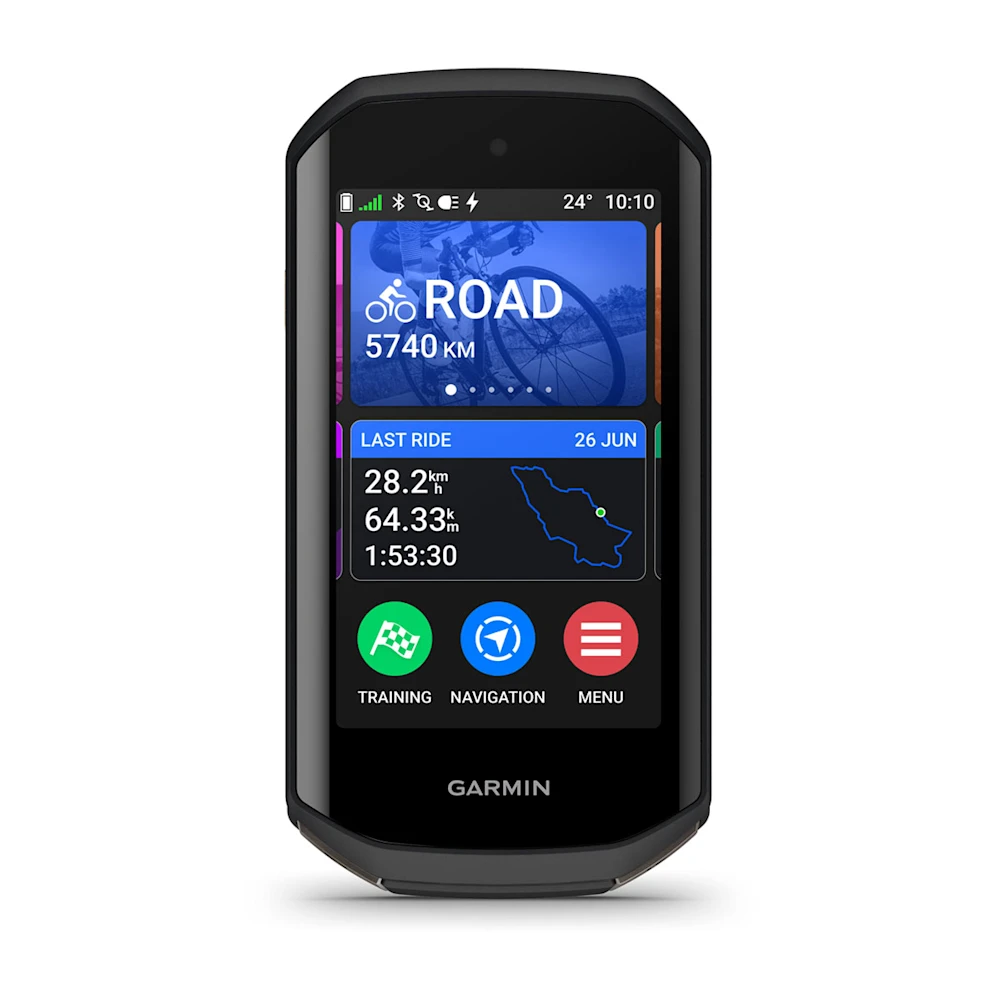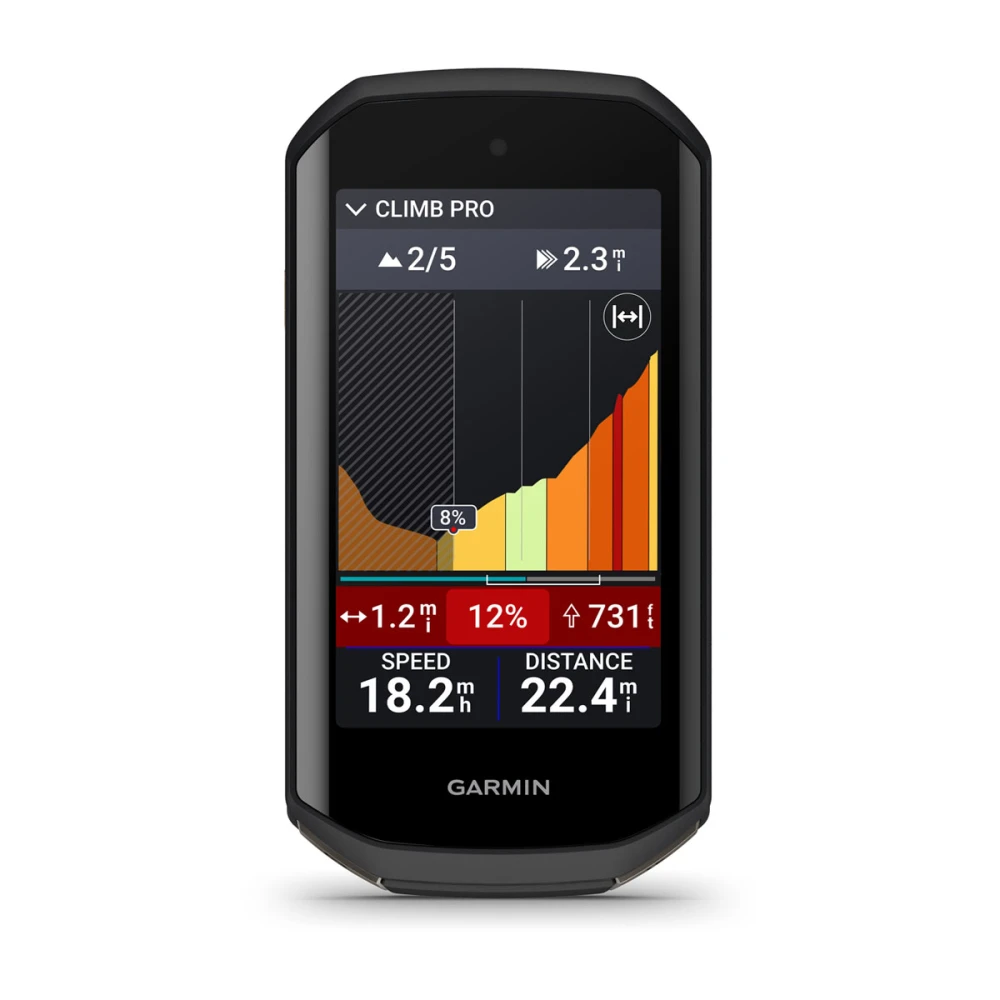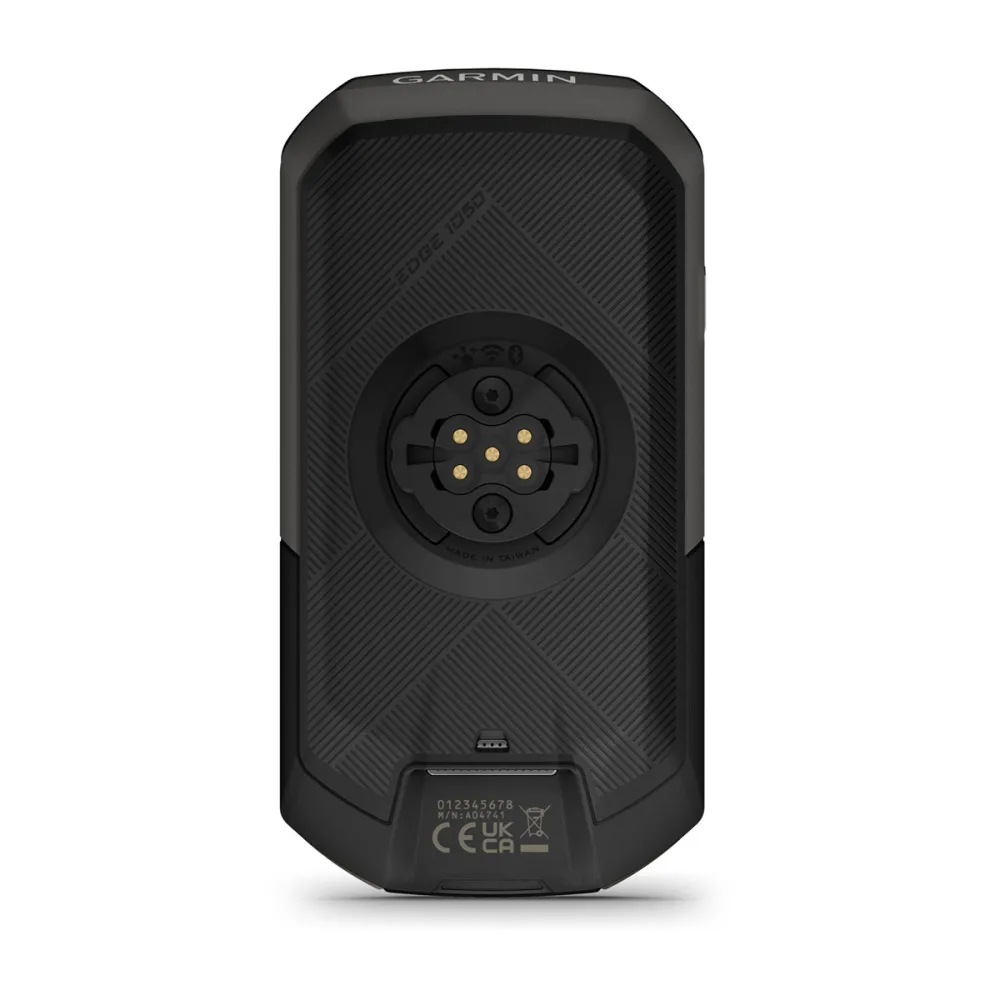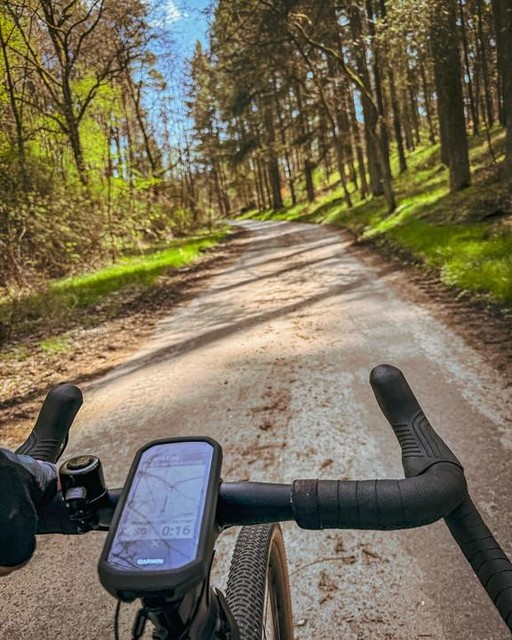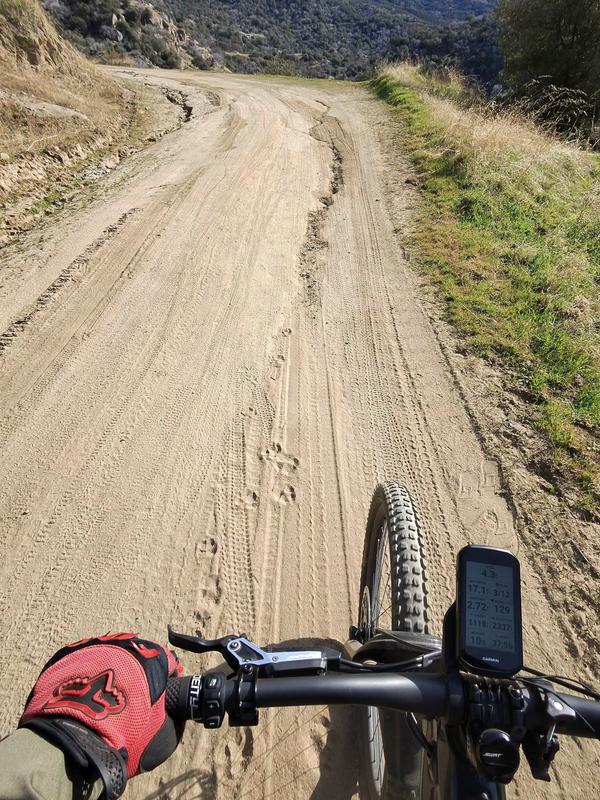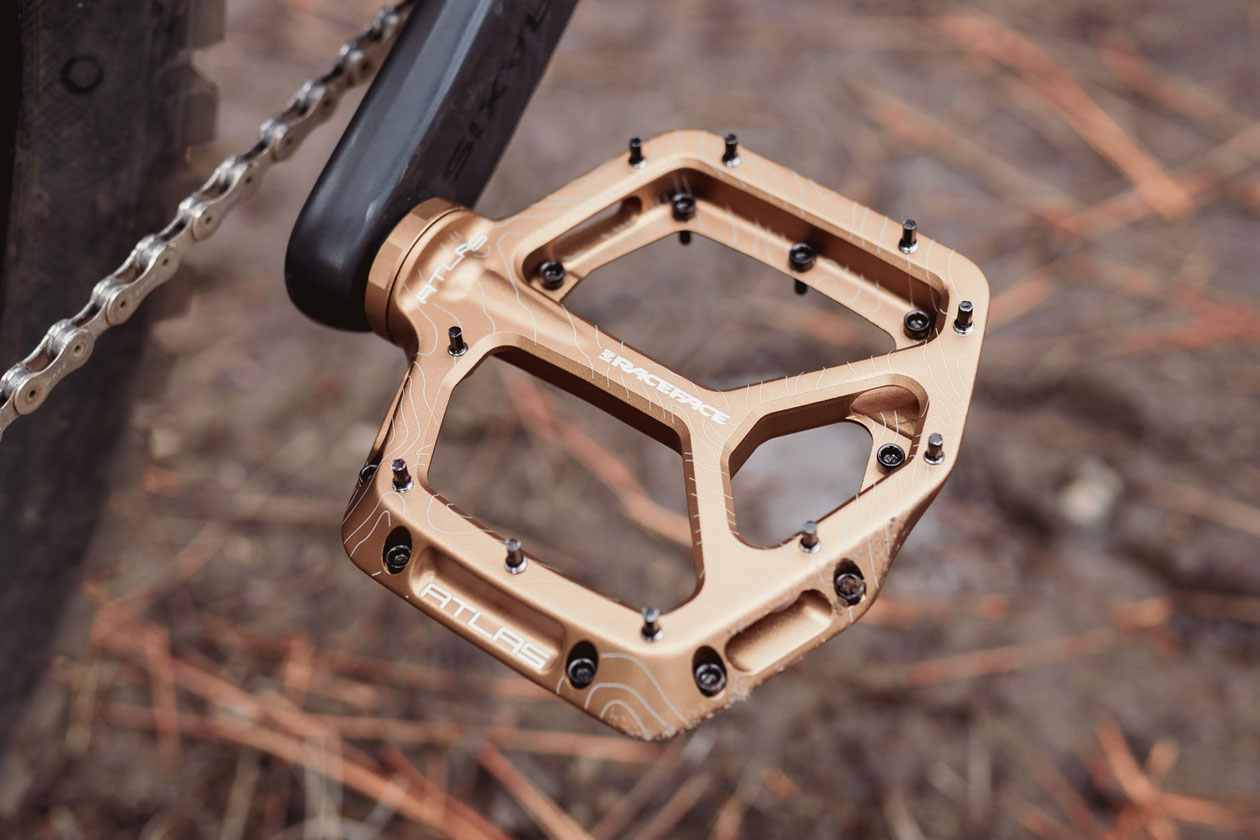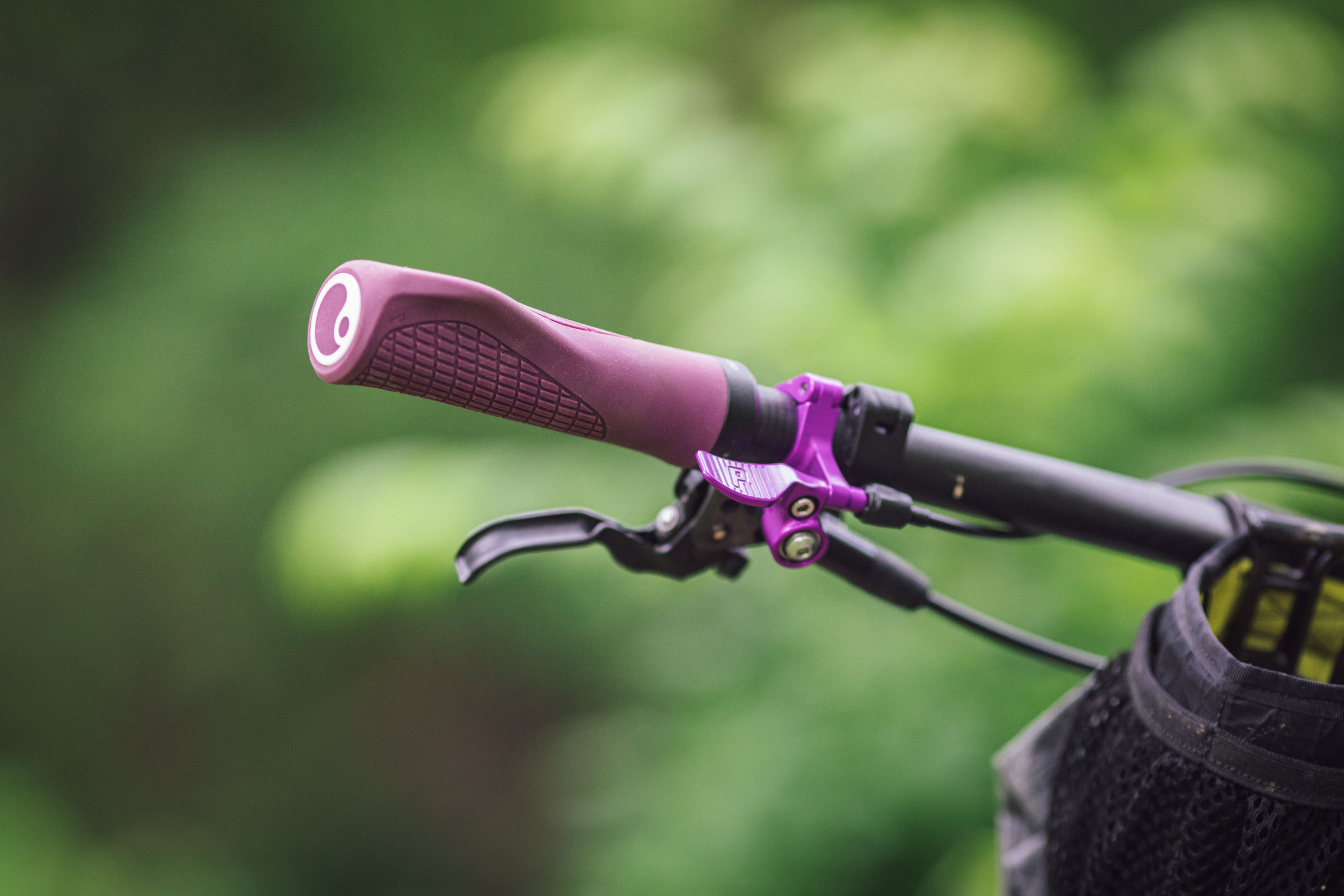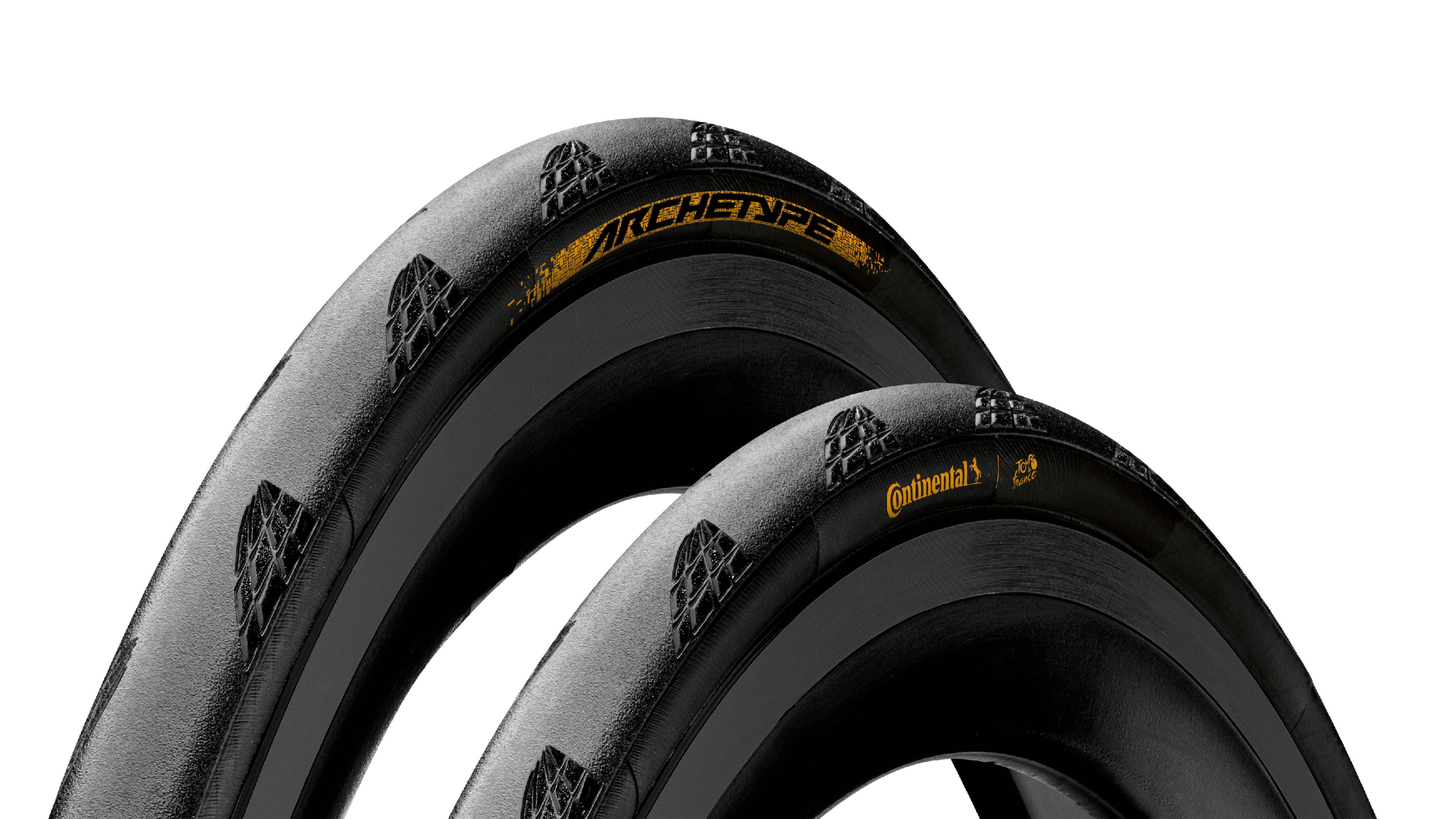
I went down a serious rabbit hole researching bike computers for eight months, testing everything from basic units to flagship models on weekend rides throughout Southern California. After 2,400+ miles with the Garmin Edge 1050 mounted to my handlebars, I’ve learned that choosing the right bike computer isn’t about finding the one with the most features—it’s about finding the one that enhances your rides without becoming a distraction.
The Edge 1050 represents Garmin’s current flagship, and honestly? Sometimes you find gear that just makes cycling better in ways you didn’t expect.
That Display Changes Everything
Size and Clarity That Actually Matters
The 3.5-inch color touchscreen isn’t just bigger—it fundamentally changes how you interact with your ride data. Where smaller units force you to squint at tiny numbers or cycle through endless screens, the 1050 displays multiple data fields clearly without eye strain.
During weekend rides through the bright desert sections near Julian, where smaller displays become unreadable washouts, the 1050’s screen remained crisp and visible. The 480 x 800 pixel resolution provides detail that works equally well for navigation maps and training metrics.
Here’s what I learned after way too much research: display quality isn’t just about resolution—it’s about usability in real riding conditions. The Edge 1050 nails this with automatic brightness adjustment that actually works and anti-glare properties that keep data visible even when the California sun is doing its worst.
Touchscreen Reality Check
The capacitive touchscreen responds well with light cycling gloves, though my thick winter gloves require removing them for precise navigation. The physical buttons provide backup control when conditions make touchscreen use challenging—smart engineering that shows Garmin understands real-world cycling.
Rain performance proved excellent during surprise showers in the mountains—the screen remained responsive even with water droplets, unlike some competitors that become completely unresponsive when wet.
Navigation That Gets Cyclists
Maps That Actually Understand Cycling
After months of weekend adventures exploring new areas, the preloaded cycling maps consistently chose bike-friendly routes over shortest-distance navigation. The routing algorithm clearly prioritizes roads with bike lanes, lower traffic, and reasonable grades rather than sending you onto highways or through sketchy areas.
The turn-by-turn directions display clearly on that gorgeous large screen, with audio prompts that work well even when traffic gets noisy. The breadcrumb trail feature helps track where you’ve been, which proved invaluable exploring the network of trails around Lake Hodges and finding my way back when curiosity led me off planned routes.
ClimbPro - Game Changer for Hill Anxiety
Here’s something I didn’t expect to love as much as I do: the ClimbPro feature provides real-time information about upcoming climbs, including gradient, distance, and elevation profile. This isn’t just data—it’s psychological support that makes challenging climbs manageable.
During testing on some of San Diego County’s notorious climbs like Palomar Mountain, knowing that a brutal 15% section lasted only 0.4 miles helped maintain motivation and pacing strategy. The feature works whether you’re following a planned route or just exploring, automatically detecting and profiling climbs as you encounter them.
The specs tell part of the story, but riding tells the rest—this feature transforms how you approach hills from dreaded unknowns to manageable challenges with clear endpoints.
Training Data That Actually Helps
Performance Metrics Without the Overwhelm
For weekend warriors using power meters or heart rate monitors, the 1050 provides comprehensive analysis without drowning you in data. The large screen displays power zones clearly, making it easy to monitor effort during structured rides or just keep things conversational on group rides.
The performance condition feature, which estimates how you’re feeling based on pace and heart rate early in rides, proved surprisingly accurate during my testing. It correctly identified days when legs felt strong versus days when pushing hard wasn’t wise—like having a smart training partner who knows when to encourage and when to suggest taking it easy.
Multi-Sport Capability for Active Lifestyles
The 1050 handles running, swimming, and other activities seamlessly, making it perfect for cyclists who cross-train or participate in triathlons. Transition modes work smoothly, though the size makes it less ideal for running compared to dedicated running watches.
Activity profiles automatically adjust data screens and settings for different disciplines, eliminating the need to fiddle with settings when switching between road cycling, mountain biking, or trail running.
Battery Life That Handles Real Adventures
Endurance That Matches Your Ambitions
Garmin claims up to 20 hours in GPS mode, and real-world testing confirmed this figure holds up with typical settings. During a 10-hour century ride with navigation active and connected to my phone, the unit finished with 40% battery remaining.
The intelligent power manager lets you customize settings to extend battery life when needed. For ultra-long adventures, you can prioritize navigation and safety features while dimming the screen or disabling less critical functions.
Here’s what months of weekend rides taught me: battery anxiety ruins good rides. The Edge 1050 eliminates that worry completely, giving you confidence to explore without constantly checking power levels.
Connectivity That Just Works
Wi-Fi Makes Life Better
Built-in Wi-Fi automatically syncs rides to Garmin Connect when you’re back home, eliminating the need to remember manual syncing. This might seem minor, but after forgetting to sync rides and losing data in the past, this automation provides genuine peace of mind.
The feature works reliably with home networks and recognizes coffee shop Wi-Fi for syncing during mid-ride stops. For cyclists who sometimes forget the technical stuff, this hands-off approach ensures consistent data backup.
Smart Features Without the Distraction
Phone notifications display clearly on the large screen, though checking them discreetly requires positioning. The incident detection feature provides legitimate safety benefits for solo riders, automatically alerting emergency contacts if a crash is detected.
Group messaging works well for coordinated rides where communication matters, though heavy messaging use does impact battery life noticeably.
Build Quality That Inspires Confidence
Engineering You Can Feel
After eight months of regular use including road rides, gravel adventures, and the occasional mountain bike excursion, the 1050 shows minimal wear. The screen remains scratch-free despite sharing space with tools and gear in my bike bag, and the housing shows no cracks or damage despite a few unplanned encounters with pavement.
The IPX7 water resistance handled everything from surprise rain to direct hose washing after muddy rides. Seal integrity remains excellent, with no moisture intrusion around buttons or charging ports.
Sometimes you find gear that just feels engineered to last, and the Edge 1050 has that quality—the kind of build confidence that lets you focus on riding instead of worrying about your equipment.
Mount System That Makes Sense
The included out-front mount positions the screen perfectly for easy viewing and attaches securely to standard handlebars. The quarter-turn lock mechanism requires deliberate action to release, preventing accidental drops while remaining easy to operate with gloves.
The mount accommodates the 1050’s larger size without interfering with cables or accessories on most road and mountain bike setups.
Who Actually Benefits from This Technology?
Perfect for the Cycling Enthusiast
The Edge 1050 makes most sense for cyclists who want comprehensive functionality:
- Weekend warriors exploring new areas regularly
- Cyclists who appreciate having ride data visible at a glance
- Multi-sport athletes needing activity tracking across disciplines
- Riders who value premium build quality and cutting-edge features
- Anyone who’s outgrown basic bike computers and wants the full experience
When Simpler Makes More Sense
For casual recreational riding or cyclists who primarily stick to familiar routes, the 1050’s capabilities might exceed practical needs. Basic GPS units provide core functionality without the complexity and investment.
The large size can look disproportionate on smaller frames or overwhelm riders who prefer minimal handlebar setups.
The Investment Reality
$699 for Premium Cycling Technology
The Edge 1050’s price positions it as serious cycling equipment, justified by comprehensive features and premium build quality. For cyclists who will use the advanced navigation, training analysis, and multi-sport capabilities, the investment provides genuine value.
Here’s what I learned after way too much research on bike computer pricing: the 1050 sits at the top of the market, but it delivers flagship performance across every category. The large display, extended battery life, and robust feature set create a user experience that justifies the premium for riders who want the best available technology.
Compared to smartphone solutions, the 1050 offers superior battery life, better outdoor visibility, and cycling-specific optimizations. Against other dedicated GPS units, the 1050’s comprehensive feature set and premium experience justify the cost for users who will utilize the capabilities.
After 2,400+ Miles of Real-World Testing
The Garmin Edge 1050 delivers on its promise of flagship bike computer performance. The brilliant display, intelligent navigation, comprehensive training features, and premium build quality create a tool that genuinely enhances the cycling experience.
The $699 investment makes sense for serious cycling enthusiasts who want comprehensive functionality and premium quality. For casual riders, less expensive options provide core GPS and basic metrics without the complexity.
Sometimes you find gear that just makes cycling better, and the Edge 1050 falls into that category—comprehensive, reliable, and engineered for riders who appreciate quality technology that enhances their adventures rather than complicating them.
Where to Buy: Available on Amazon with their excellent return policy and member benefits, plus authorized Garmin dealers nationwide.
Available Now
Specifications
Pros
- + Stunning 3.5-inch display that's actually readable in bright sunlight
- + Battery life that handles even the longest weekend adventures
- + Smart navigation that understands cyclists, not just cars
- + Touchscreen that works with gloves (mostly)
- + Wi-Fi syncing means you never lose your ride data
- + ClimbPro makes hills less scary by showing what's coming
- + Premium build quality that feels worth the investment
Cons
- - Learning curve can be steep for casual cyclists
- - Size might overwhelm smaller handlebars
- - Touchscreen struggles with thick winter gloves


